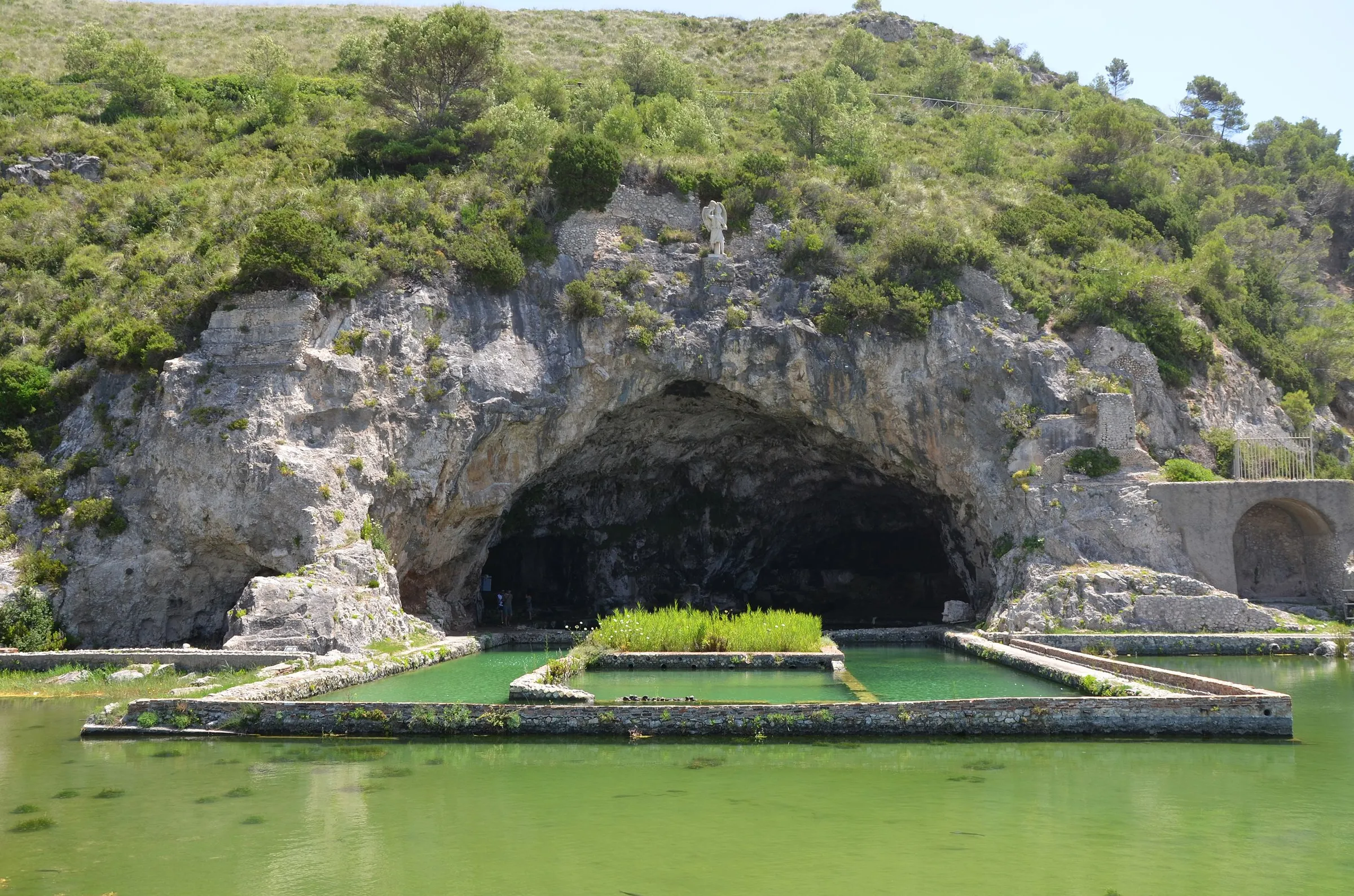Fishfarming, or aquaculture has been the fastest growing food-sector for decades. This is nothing to be surprised about: fishing as a practice has been in existence since the early days of humanity and as our population is growing, so is our appetite for seafood. Where we first were equipped with hand nets and spears, we now roam the oceans with massive trawlers and other fish processing vessels. This expansion of the aquaculture industry unfortunately led to some negative environmental repercussions such as the introduction of non-invasive species to nearby waters. This, and also the use of antibiotics and pesticides has been detrimental to neighbouring ecological systems. Is it possible to continue to enjoy our fruits de mer, despite the negative effects of aquaculture? Maybe. The recent rise in bluehouses might suggest a more promising future for sustainable seafood.

A bluehouse is a fish farm that raises fish or aquatic plants in tanks and ponds on land, instead of the oceans. Fish are cultivated in a controlled atmosphere which enables farmers to carefully monitor environmental factors such as water quality and weather conditions. Since seasonal factors are becoming insignificant, different types of seafood can now be available all year-round. The usage of closed-loop systems is also worth mentioning: fish waste serves as a valuable nutrient source for plants while the plants help purify the water in return. Last but not least, land-based fish farming allows farmers to raise fish locally, reducing transportation emissions.

Bluehouses are not a new phenomenon. Several ancient civilisations have built fish ponds decades ago, allowing them to cultivate fish away from natural bodies of water. The ancient Romans even had their own term for these land-based fish farms: piscinae. Near the cost of Naples, the remains of one can be found at the entrance of the Grotto of Tiberius in Sperlonga.

Three bluehouses worth mentioning:
- Recently Atlantic Sapphire, a Norwegian company that specializes in indoor salmon farming, claimed to be constructing the world’s largest aquaculture facility. The building will become the home for approximately 3 million land-based salmon in its ponds.
- Nestled in Lostallo, Switzerland, Swiss Lachs is one of the leading bluehouses that uses a recirculating system that makes land-based fish farming more sustainable.
- With more than 30 years of experience in both ocean-based and land-based aquaculture, AVKA Group cannot go unnoticed.
Who would have thought? The future of aquaculture seems to feel like a fish in water- on land. Thanks to bluehouses we can preserve our oceans and its ecosystems without missing out on any underwater delights.


Comments (0)
Share your thoughts and join the technology debate!
No comments yet
Be the first to share your thoughts!